Add Brand
Sign In
Close
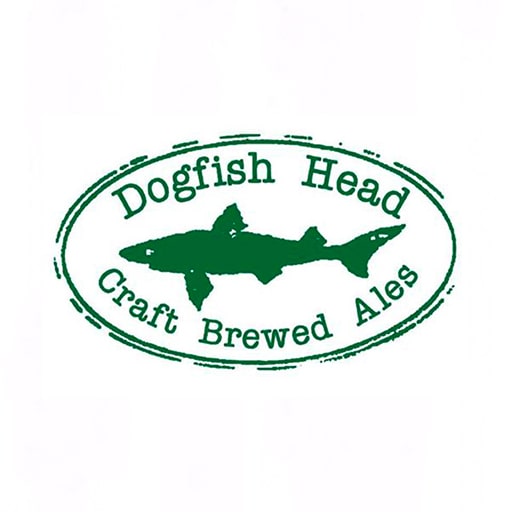
Dogfish Head
Are you the owner of this company?
Start your listing today – for free.
Register and add your brand description.
Country:
 United States
United States
 United States
United StatesProducts by "Dogfish Head"
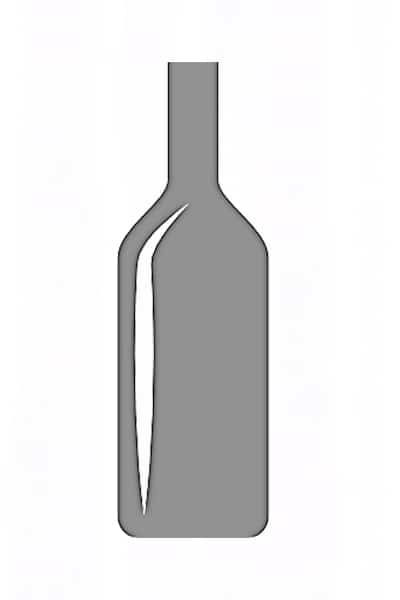
Dogfish Head Limited Release Series
5.0

1 ratings

$10.04
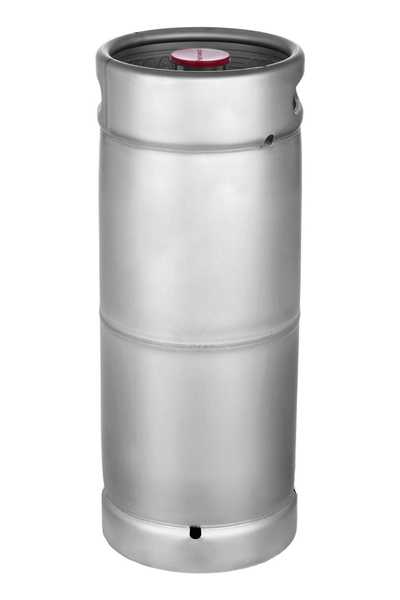
Dogfish Punkin Ale 1/6 Barrel
5.0

1 ratings

$141.00
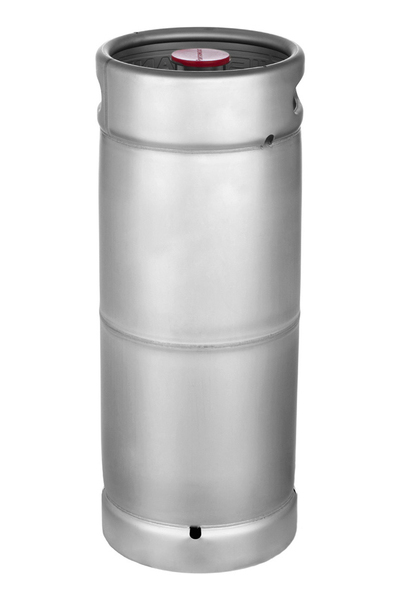
Dogfish Head Fort Barrel 1/6
5.0

1 ratings

$297.00
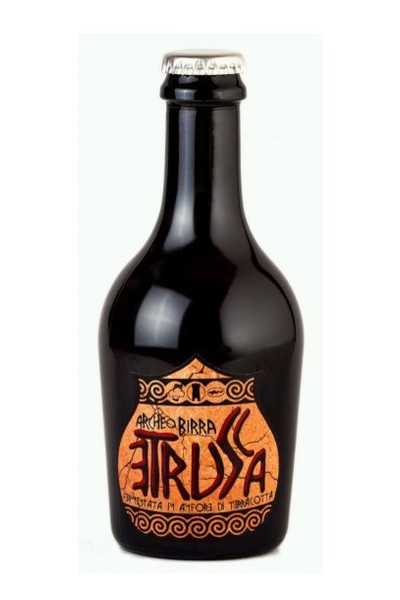
Baladin Birra Etrusca
5.0

1 ratings

$24.99
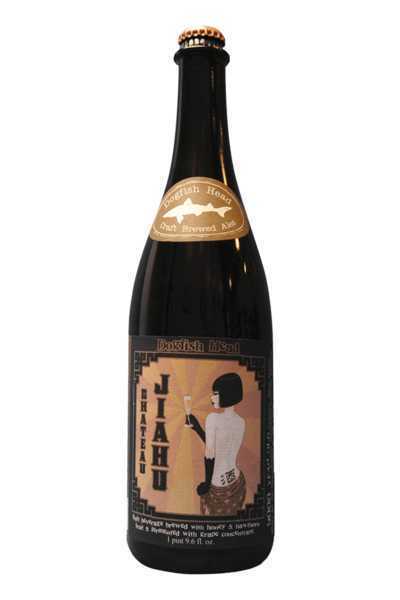
Dogfish Head Chateau Jiahu
5.0

1 ratings

$13.99
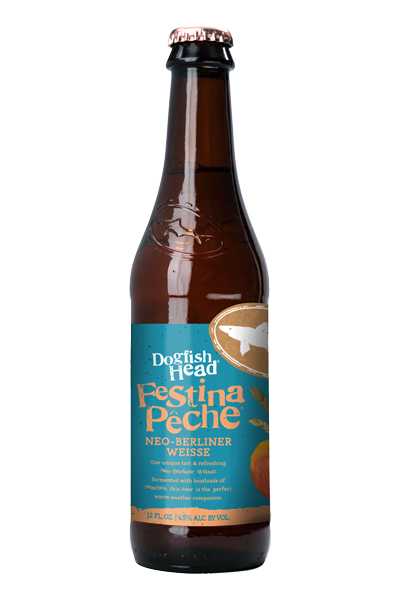
Dogfish Head Festina Peche
5.0

1 ratings

$10.10
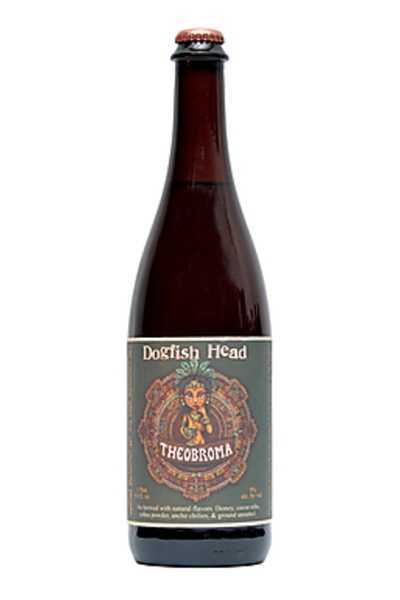
Dogfish Head Theobroma
5.0

1 ratings

$14.36
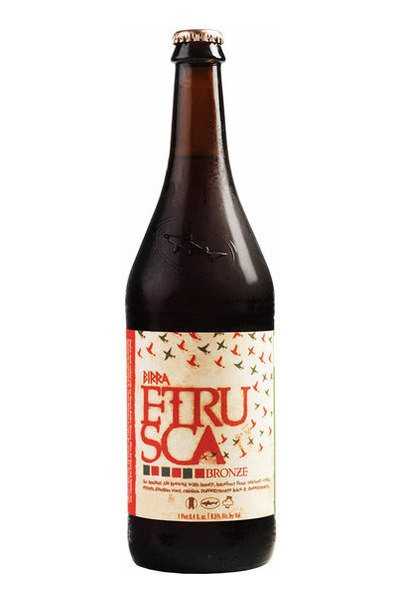
Dogfish Head Birra Etrusca
5.0

1 ratings

$13.99
View All
WikiliQ